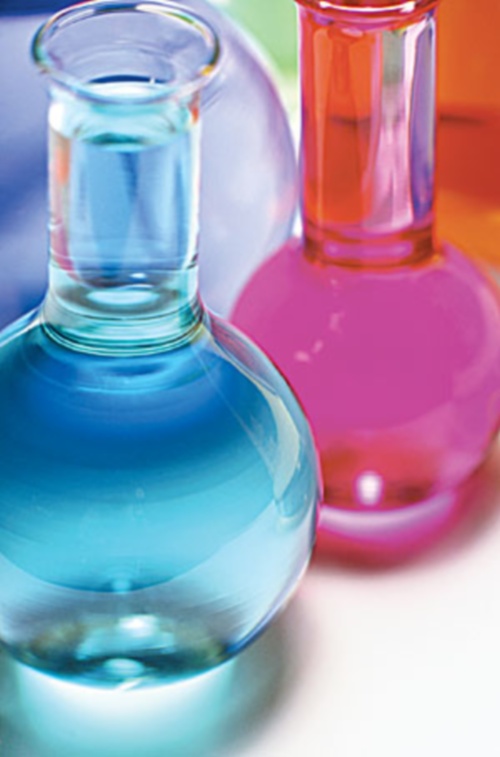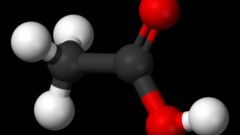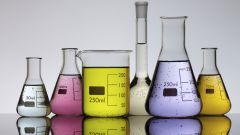Instruction
1
Ways in which very much. Their use depends primarily on economic efficiency. For this reason it is now not widely used before common methods, such as oxidation of acetaldehyde or normal butane. They have replaced the method carbonylation of methanol with carbon monoxide (carbon monoxide) flowing according to the following scheme:
CH3OH + CO = СН3СООНОн very common so far.
CH3OH + CO = СН3СООНОн very common so far.
2
Acetic acid can be obtained from methane. The following procedures step by step. CH4 + Cl2 = CH3Сl + HCl (Formed harmatan and hydrogen chloride).
2CH3Cl + 2Na = C2H6 + 2NaCl (Reaction burza", with the formation of ethane and sodium chloride).
C2H6 + Cl2 = C2H5Cl + HCl (Formed chlorate and hydrogen chloride).
C2H5Cl + Cl2 = C2H4Cl2 + HCl (Formed dichloroethane and hydrogen chloride).
C2H4Cl2 + Cl2 = C2H3Cl3 + HCl (Formed trichloroethane and hydrogen chloride).
C2H3Cl3 + 3NaOH = CH3COOH + H2O + 3NaCl (Forms acetic acid).
2CH4 = C2H4 + 2H2 (formed ethylene and hydrogen).
C2H4 + H2O = C2H5OH (hydration of ethylene derived ethanol).
2CH3Cl + 2Na = C2H6 + 2NaCl (Reaction burza", with the formation of ethane and sodium chloride).
C2H6 + Cl2 = C2H5Cl + HCl (Formed chlorate and hydrogen chloride).
C2H5Cl + Cl2 = C2H4Cl2 + HCl (Formed dichloroethane and hydrogen chloride).
C2H4Cl2 + Cl2 = C2H3Cl3 + HCl (Formed trichloroethane and hydrogen chloride).
C2H3Cl3 + 3NaOH = CH3COOH + H2O + 3NaCl (Forms acetic acid).
2CH4 = C2H4 + 2H2 (formed ethylene and hydrogen).
C2H4 + H2O = C2H5OH (hydration of ethylene derived ethanol).
3
Also there are other methods: C2H5OH + CuO = CH3COH + Cu + H2O (ethyl alcohol, recovering the copper from its oxide, is converted into acetaldehyde).
2CH3COH + O2 = 2CH3COOH (acetic aldehyde oxidation, the resulting acetic acid).
2CH4 = C2H2 + 3H2 (formed acetylene and hydrogen).
C2H2 + H2O = CH3COH (hydration of acetylene derived acetaldehyde, the so-called "Reaction Kucherov").
2CH3COH + O2 = 2CH3COOH (As in the previous example, oxidation of acetaldehyde derived acetic acid).
2CH3COH + O2 = 2CH3COOH (acetic aldehyde oxidation, the resulting acetic acid).
2CH4 = C2H2 + 3H2 (formed acetylene and hydrogen).
C2H2 + H2O = CH3COH (hydration of acetylene derived acetaldehyde, the so-called "Reaction Kucherov").
2CH3COH + O2 = 2CH3COOH (As in the previous example, oxidation of acetaldehyde derived acetic acid).
Useful advice
This substance has all the properties of carboxylic acids. Used in cooking (both home and industrial) as a preservative and flavoring. Also it is used in the pharmaceutical industry as a solvent in the processing of cellulose dyeing.



